
Cuisine
Arab cuisine
Arab cuisine is a diverse and flavorful cuisine that has been influenced by various cultures and regions. It is known for its use of spices, herbs, and aromatic ingredients, which give the dishes a unique and rich flavor. Arab cuisine is also known for its use of grains, such as rice and bulgur, and legumes, such as chickpeas and lentils. Meat, particularly lamb and chicken, is also a staple in Arab cuisine. Dairy products, such as yogurt and cheese, are also commonly used in Arab dishes.
Typical ingredients
Rice, Bulgur, Chickpeas, Lentils, Lamb, Chicken, Yogurt, Cheese, Parsley, Mint, Coriander, Cumin, Cinnamon, Cardamom, Saffron, Sumac, Tahini, Pomegranate molasses
Presentation and garnishing
Arab dishes are often presented on large platters or in communal bowls. Garnishes, such as fresh herbs and pomegranate seeds, are often used to add color and flavor to the dishes.
The Arabic word for cuisine is 'tabkh', which means 'cookery'.
More cuisines from this region...
Iranian cuisine, Turkish cuisine, Levantine cuisine, Eastern Arabian cuisine, Pontic Greek cuisine, Assyrian cuisine, Caucasian cuisine
History
Arab cuisine has a rich history that dates back to ancient times. The cuisine has been influenced by various cultures and regions, including Persia, India, and the Mediterranean. Arab cuisine has also been influenced by the Islamic dietary laws, which prohibit the consumption of pork and alcohol. The cuisine has evolved over time, with new ingredients and cooking techniques being introduced.
Cultural significance
Arab cuisine is an important part of the Arab culture and is often associated with hospitality and generosity. Many Arab dishes are served family-style, with large platters of food being shared among the diners. Arab cuisine is also known for its use of spices and herbs, which are believed to have medicinal properties. In addition, many Arab dishes are associated with religious and cultural celebrations, such as Ramadan and Eid al-Fitr.
Health benefits and considerations
Arab cuisine is generally considered to be healthy, as it is based on whole grains, legumes, and vegetables. However, some dishes may be high in fat and calories, particularly those that are fried or made with meat.
Arab cuisine recipes Browse all »
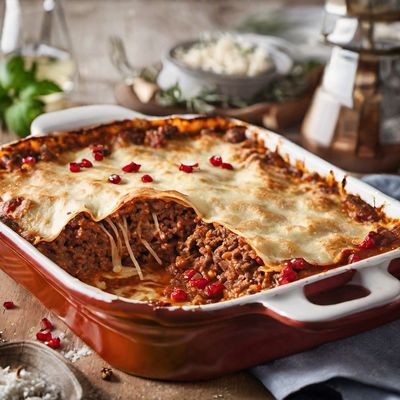
Arab-Style Lasagne
Layers of Flavor: Arab-Inspired Lasagne

Dulce de Leche with a Middle Eastern Twist
Arabian Delight: Middle Eastern Dulce de Leche

Arab-style Murgh Malai
Creamy Chicken Delight: Arab-inspired Murgh Malai
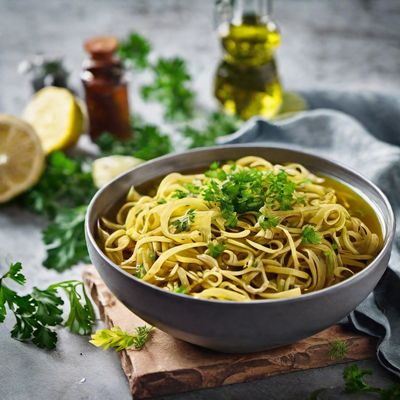
Krpice sa zeljem (Arab-style)
Savory Arab-Style Pasta with Cabbage

Arab-style Souvlaki
Middle Eastern Grilled Skewers: A Flavorful Twist on Souvlaki

Arab-inspired Spiced Gingerbread
Arabian Delights: Spiced Gingerbread with a Middle Eastern Twist
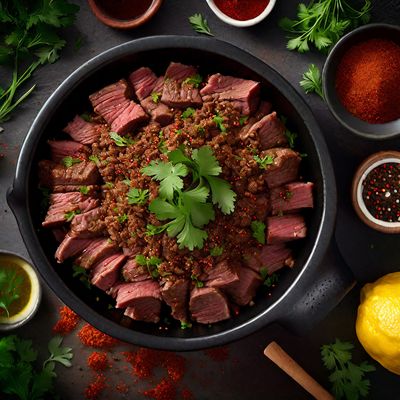
Arab-Style Bulgogi
Middle Eastern Twist: Arab-Style Bulgogi with a Spicy Harissa Marinade

Arab-Style Pasta Carbonara
Saffron-infused Pasta Carbonara with Spiced Lamb
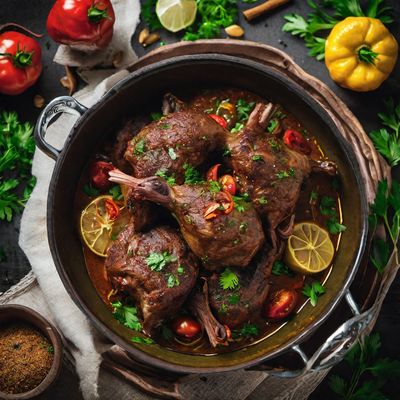
Janjetina ispod peke (Arab-style)
Arabian Roasted Lamb with Spices
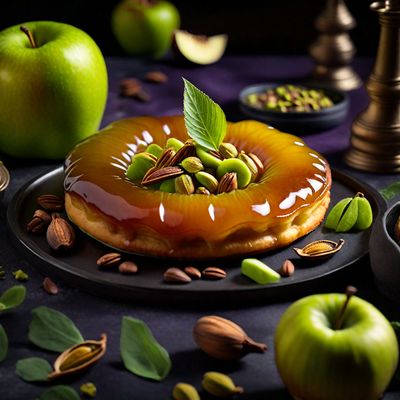
Arab-inspired Tarte Tatin
Saffron-infused Tarte Tatin with Cardamom Caramel

Arab-Style Caesar Salad
Middle Eastern Twist: Arab-Style Caesar Salad with Za'atar Croutons
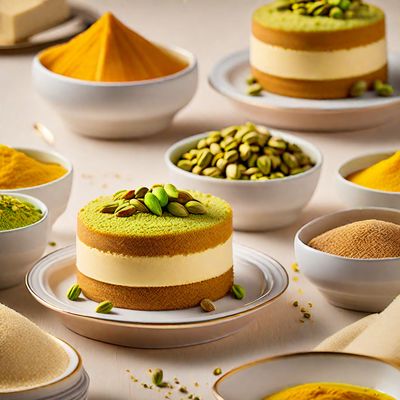
Arab-inspired Tiramisù
Saffron-infused Tiramisù with Pistachio Crunch